Different Types of Cleaning Products Explained
Whether you're cleaning an office, school, gym, or retail space, understanding cleaning product types is key to maintaining hygiene and safety. For businesses, using the right cleaning solution ensures regulatory compliance, boosts brand reputation, and protects employee and customer health.
There are several categories of cleaning agents—each tailored for specific surfaces and soil types. While some products are designed for general surface cleaning, others are specialized, like floor cleaners for tile or disinfectants for high-touch surfaces in healthcare.
Understanding these categories helps facility managers, cleaning staff, and procurement teams choose products that deliver effective results without damaging surfaces or risking safety.

Importance of Choosing the Right Cleaning Product
Why does product selection matter so much? Because not all cleaning products are created equal—and not every product is safe or effective for every application.
Let’s say you manage a fitness center. Using a kitchen-grade cleaner in the locker room might leave behind bacteria and unpleasant odors. Likewise, spraying a harsh chemical on a touchscreen kiosk in a retail space can corrode the surface or pose a health risk to customers.
For commercial cleaning, performance, safety, and surface compatibility must align. Business owners and facility managers should ask:
• Does it kill 99.9% of germs?
• Is it eco-friendly or compliant with green cleaning standards?
• Is it safe to use around children or pets?
Choosing purpose-driven products means:
• Less time spent re-cleaning
• Lower long-term maintenance costs
• Safer environments for staff and customers
Types of Cleaning Products
General-Purpose Cleaners
Surface Cleaners
Surface cleaners are the most commonly used cleaning agents in both homes and businesses. These are designed to remove dirt, dust, and light stains from non-porous surfaces like countertops, desks, and shelves. For commercial facilities like offices and gyms, surface cleaners provide daily maintenance to keep areas looking polished and hygienic.
Most surface cleaners contain surfactants—chemical agents that break down oils and lift grime from surfaces. Look for versions that also include mild antibacterial properties for added protection in shared environments.
They’re best used on:
• Counters
• Seating
• Plastic panels
• Walls
• Floors
• Exercise Mats
• Stone
• Marble
Using them as part of a daily cleaning checklist can reduce the spread of illness, especially during cold and flu season.
All-Purpose Cleaners
All-purpose cleaners go a step further by being effective on multiple surface types—metal, glass, plastic, and even lightly soiled fabrics. For janitorial teams handling large commercial spaces, they simplify inventory and reduce the number of specialized products needed.
These cleaners are formulated to:
• Be effective for everyday cleaning
• Provide a streak-free shine
• Often include light disinfectants
They’re particularly useful in:
• Break rooms
• Restrooms
• Workstations
• Common areas
For facility managers, using one all-purpose cleaner instead of three or four specialty cleaners improves efficiency and reduces procurement costs.
Top Pick: Zogics concentrated all-purpose cleaner is great for sustainability and is budget-friendly. Looking for more options? Explore our Best All-Purpose Cleaners of 2025.
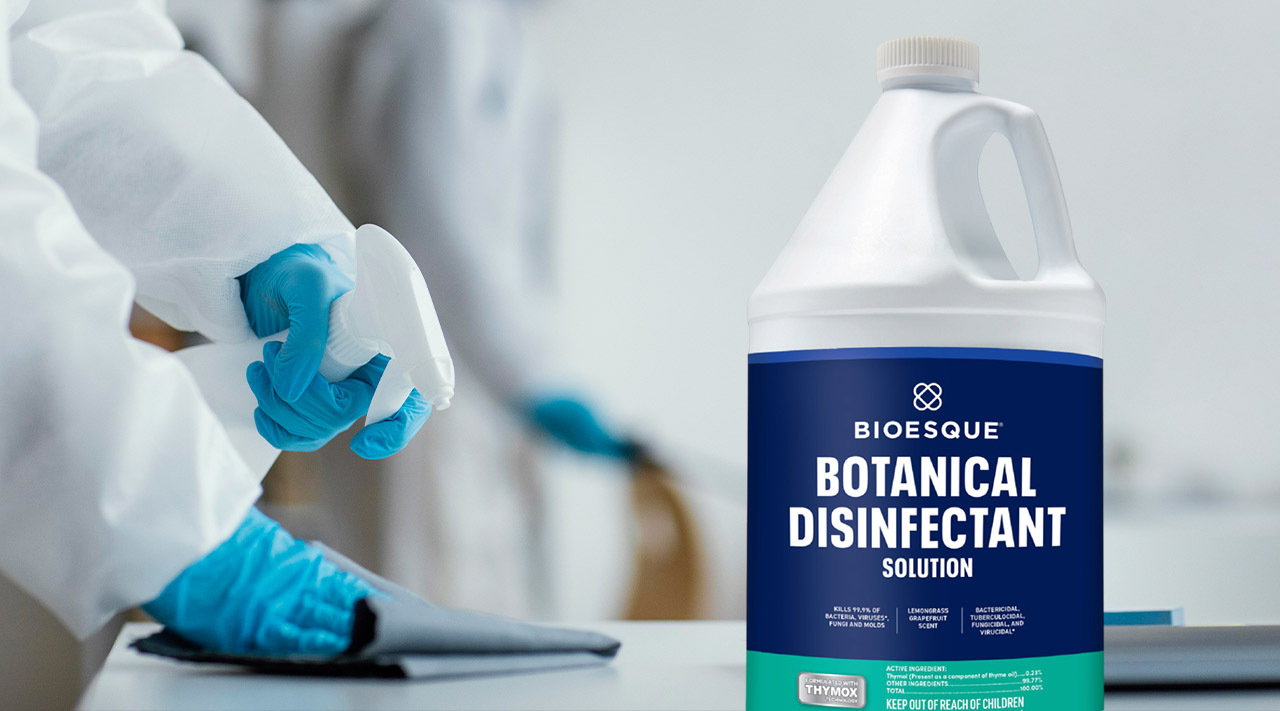
Disinfectants and Sanitizers
Sanitizing vs. Disinfecting
Here’s a common question: What is the difference between sanitizing and disinfecting?
• Sanitizers reduce bacteria to safe levels as defined by public health standards.
• Disinfectants kill a wider range of pathogens, including bacteria, viruses, and fungi.
In commercial settings, especially food service, healthcare, and fitness centers, disinfection is critical. Touchpoints like door handles, shared equipment, and restroom surfaces require EPA-registered disinfectants that kill 99.9% of germs.
Sanitizers are typically sufficient for lower-risk areas, such as general office surfaces or glass doors. However, for environments with heightened health risks, disinfectants are often necessary for proper compliance and outbreak prevention.
Common Disinfecting Agents:
• Alcohol-based disinfectants (ethanol or isopropyl alcohol) evaporate quickly, making them ideal for electronics and fast-drying needs.
• Bleach-based disinfectants are highly effective but require caution—they can discolor surfaces and release strong fumes.
• Quaternary ammonium compounds (quats) are long-lasting and widely used in healthcare and hospitality sectors.
• Hydrogen peroxide cleaners offer strong disinfection with less residue and are often safer for people and pets.
Disinfectants typically require a "dwell time"—the amount of time the surface needs to stay wet to effectively kill pathogens. Skipping this step drastically reduces effectiveness.
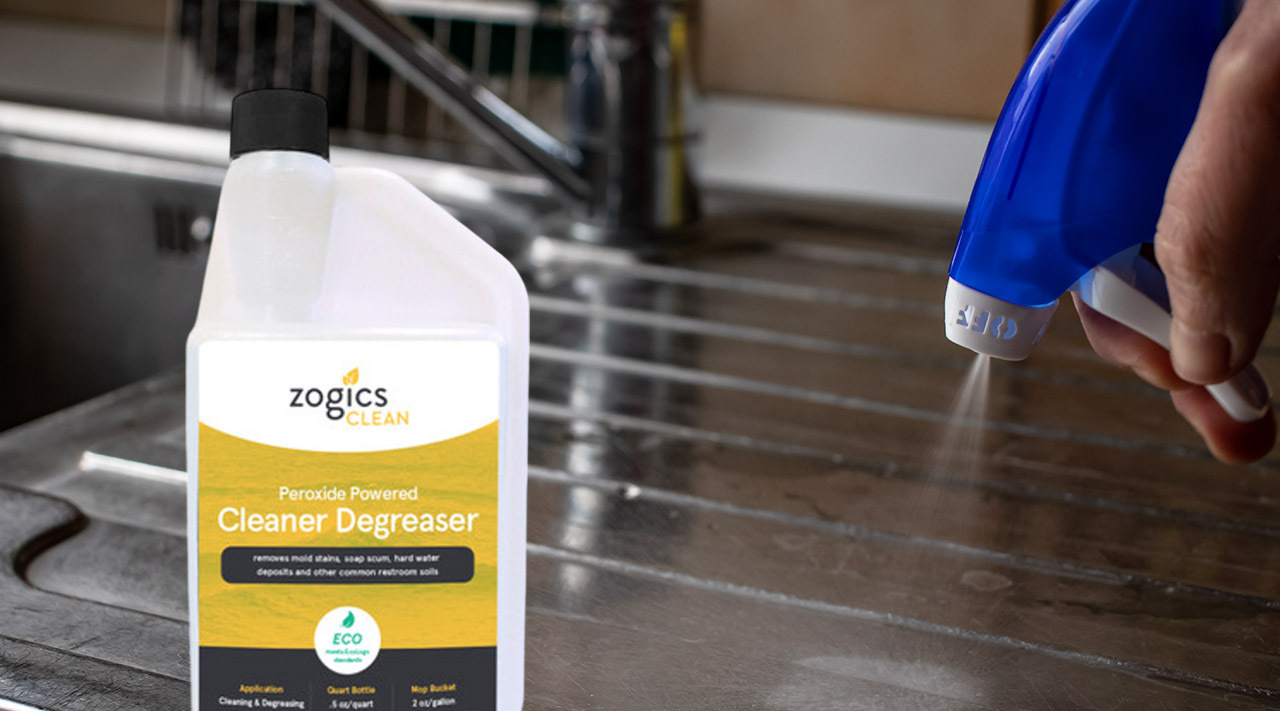
Degreasers
Where to Use Degreasers
Degreasers are essential cleaning products in environments where oil, grease, and tough grime are prevalent. In industrial kitchens, warehouses, auto shops, and gyms, greasy build-up isn't just unsightly—it can create serious slip hazards and equipment malfunctions.
For commercial settings, degreasers play a key role in meeting health and safety regulations. Even in the home, they’re often used in garages, outdoor grills, or utility rooms.
Types of Degreasers:
• Solvent-based formulas for heavy-duty grease (ideal for machinery)
• Water-based formulas for general surface cleaning (safer for indoor air quality)
Key Ingredients:
• Surfactants: Break the surface tension of grease.
• Solvents: Dissolve oils (e.g., d-limonene, butyl).
• Emulsifiers: Suspend grease in water for easy rinsing.
Premium degreasers combine natural citrus oils with powerful yet safe chemicals. When selecting a degreaser, ensure it is non-corrosive, effective on both porous and non-porous surfaces, and meets safety standards.
Abrasive Cleaners
When to Use Abrasives
Abrasive cleaners are gritty, scrub-enhanced formulations designed to remove heavy build-up, soap scum, rust stains, and mineral deposits. They're typically used in:
• Commercial bathrooms
• Restaurant sinks
• Locker room tiles
• Grills and ovens
Abrasives come in several forms:
• Powders
• Creams or pastes
• Pads embedded with abrasive particles
Use abrasives carefully to avoid damaging sensitive surfaces like glass, plastic, or high-gloss materials. Always test in a hidden spot and wear gloves to protect your skin.
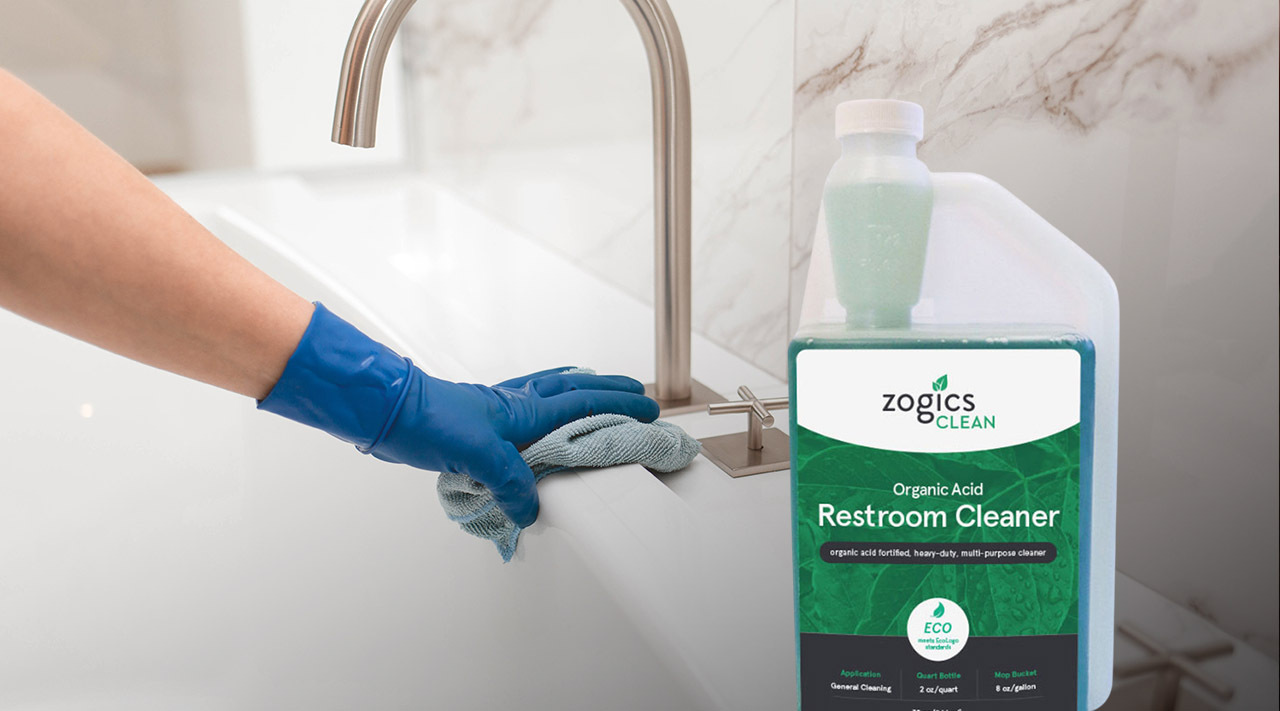
Acids and Descalers
Tackling Hard Water Stains
Hard water can leave behind unsightly calcium and lime deposits, especially in commercial bathrooms and kitchens. Acidic cleaners, such as descalers, are effective for breaking down mineral buildup from:
• Faucets
• Sinks
• Showerheads
• Coffee machines
Common acids include citric acid, phosphoric acid, and hydrochloric acid. Always choose the mildest option necessary to avoid surface damage.
Suitable Surfaces for Acid Cleaners:
• Ideal: Porcelain, stainless steel, chrome fixtures, commercial dishwashers.
• Not Safe: Natural stone (e.g., marble, granite), painted surfaces, certain metals (e.g., aluminum).
Acid-based cleaners can be potent, so be sure to follow safety guidelines and avoid using them in sensitive areas.
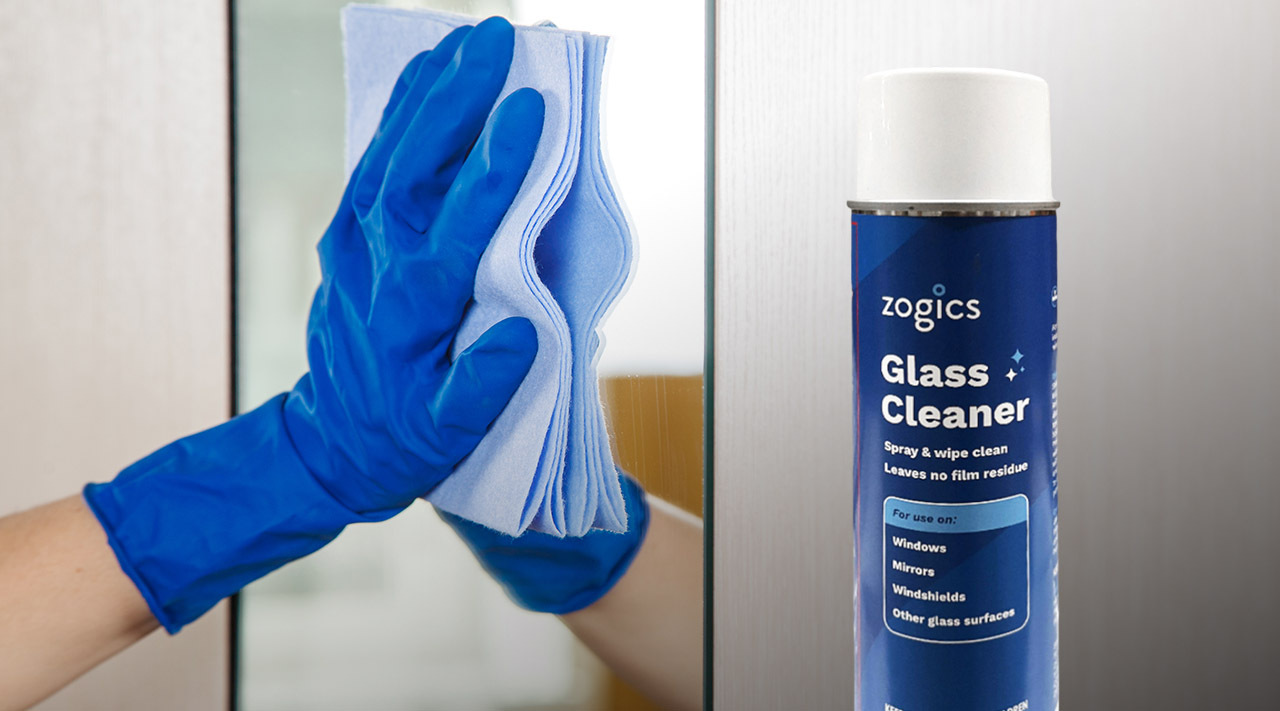
Specialized Cleaning Products
Glass Cleaners
Ingredients to Avoid Streaks
Glass cleaners are formulated to remove dust and fingerprints from reflective surfaces like windows and mirrors without leaving streaks. They contain ingredients like isopropyl alcohol or ammonia for fast evaporation and grease-cutting power.
Best Used For:
• Windows
• Mirrors
• Tinted glass
Floor Cleaners
Hardwood vs. Tile vs. Carpet Solutions
Floors are among the most abused surfaces in any commercial facility. Whether it’s high foot traffic in retail, heavy machinery in warehouses, or food spills in restaurants—floors demand specialized floor cleaners.
• Hardwood floors: Use pH-balanced, water-based cleaners.
• Tile floors: Choose grout-safe cleaners that remove mold, soap scum, and residue.
• Carpet: Opt for enzyme-based, low-moisture cleaners for quick drying.
Bathroom Cleaners
Bathrooms are hot spots for mold, mildew, and bacteria. Bathroom cleaning products must be antifungal, disinfecting, and odor-eliminating.
Look for ingredients like:
• Sodium hypochlorite (bleach)
• Hydrogen peroxide
• Quaternary ammonium compounds
Kitchen Cleaners
Food-Safe Surface Cleaning
Kitchens, whether in restaurants, schools, or breakrooms, demand food-contact safe cleaning solutions. This means using products that:
• Are free of harsh chemicals
• Have been certified by NSF or EPA for food surfaces
• Do not leave behind harmful residues
Great kitchen cleaning products include:
• Degreasers for stovetops and hoods
• Sanitizers for cutting boards, counters, and appliances
• Descalers for coffee machines and dishwashers
Tip: Make sure cleaning agents used in kitchen environments are labeled "no rinse required" for food-prep surfaces to save time and enhance safety.
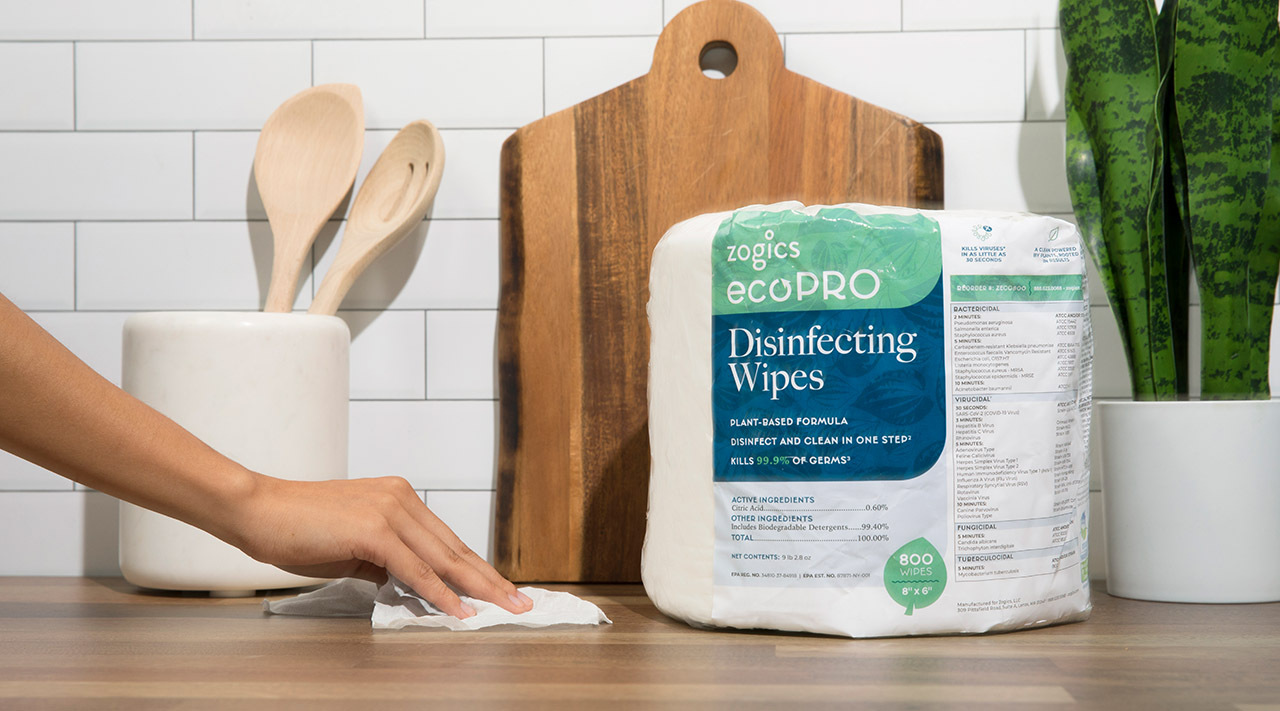
Eco-Friendly Cleaning Products
What Makes a Product Eco-Friendly?
An eco-friendly cleaning product is one that:
• Uses biodegradable ingredients
• Avoids phosphates, chlorine, and synthetic dyes
• Comes in recyclable packaging
• Is non-toxic to humans, animals, and aquatic life
For businesses committed to sustainability, switching to green cleaning products helps reduce environmental impact and meets corporate social responsibility goals.
Some eco-friendly cleaning products are also low-VOC (volatile organic compounds), improving indoor air quality—especially important in schools, offices, and healthcare settings.
Certification Labels to Look For
Trustworthy certifications help identify true eco products. Look for:
• EPA Safer Choice
• Green Seal
• Ecologo
• USDA Biobased
These labels indicate that a product has been tested for environmental safety, efficacy, and packaging sustainability.
Including certified products in your cleaning arsenal isn’t just ethical—it’s often required for government contracts or LEED-certified buildings.
Benefits for Health and the Environment
Why switch to eco-cleaners?
• Fewer allergens and irritants
• Lower environmental toxicity
• Safer for employees and janitors
• Reduces the risk of chemical burns and fume inhalation
Eco-cleaning products support healthier workplaces, lower long-term costs, and align with modern expectations for clean, green spaces.

Safety and Storage
Reading Labels and Safety Instructions
Reading and understanding cleaning product labels isn’t just smart—it’s critical for health and safety. Every cleaning product—whether it’s a mild surface spray or an industrial disinfectant—comes with usage directions, safety precautions, and first-aid advice.
When purchasing cleaning products for a facility or workplace, always check:
• Intended surface use
• Dilution ratios
• Required dwell time
• PPE recommendations (gloves, masks, goggles)
Labels also provide important hazard symbols and indicate whether a product is flammable, corrosive, or reactive. Train staff on label comprehension using Safety Data Sheets (SDS), which are mandatory in professional settings. Clear instructions on storage, application, and rinsing are essential for safe cleaning.
Proper Storage Tips
Proper storage of cleaning products protects both people and property. In commercial environments, poor storage practices can lead to:
• Leaks and chemical spills
• Inhalation risks
• Cross-contamination
• Accidental misuse
Follow these tips to safely store cleaning products:
• Store in a cool, dry, well-ventilated space
• Keep products in original containers with labels intact
• Use locked cabinets for hazardous chemicals
• Never store acids with bases or bleach with ammonia
• Keep flammable products away from heat sources
For janitorial closets and supply rooms, invest in shelving systems and clear signage. Rotate stock using FIFO (First In, First Out) to avoid using expired products.
First Aid for Common Cleaning Product Exposure
Even with the best precautions, accidents happen. Knowing how to react quickly is vital—especially when staff handle large volumes of chemicals daily.
Here’s a basic first aid guide:
• Eye Contact: Rinse with water for 15–20 minutes. Seek medical attention if irritation persists.
• Skin Contact: Remove contaminated clothing and wash the area with soap and water.
• Inhalation: Move to fresh air immediately. If breathing is difficult, call emergency services.
• Ingestion: Do NOT induce vomiting. Rinse your mouth with water and call Poison Control.
Every facility using chemical cleaners should keep a first aid kit nearby, along with emergency contact numbers and SDS for each product used on-site.
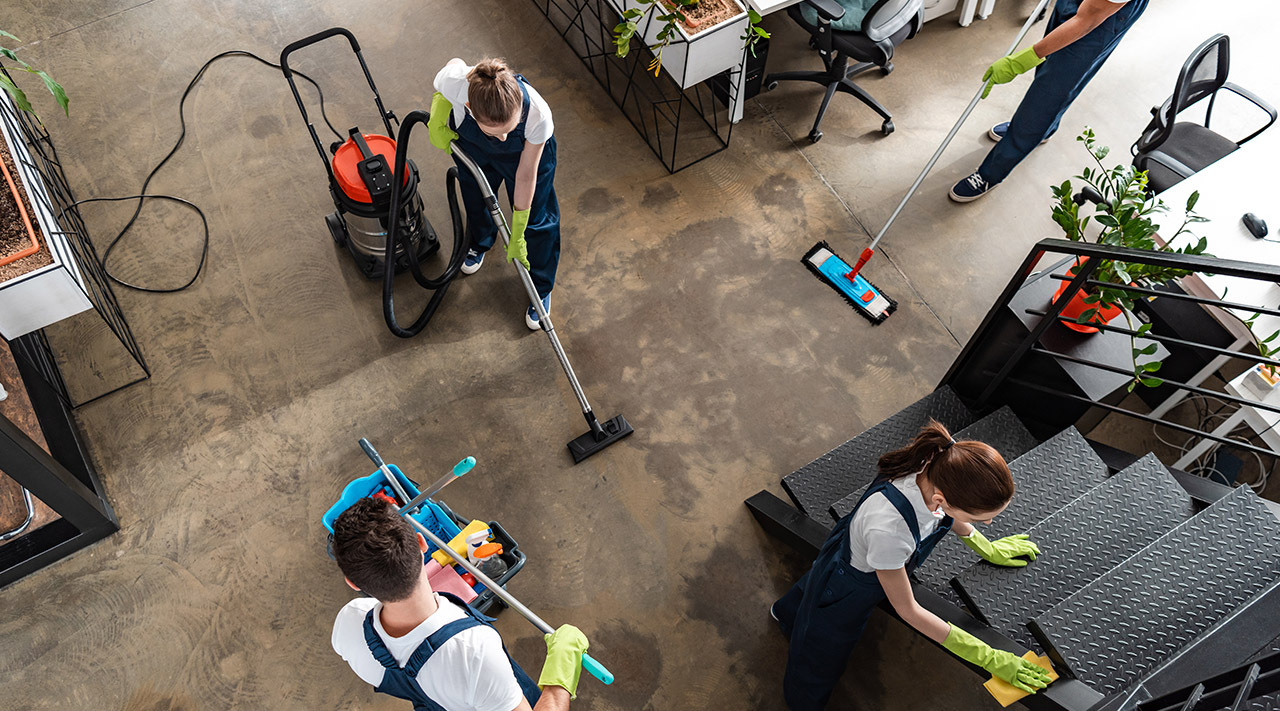
Making an Informed Choice
Whether you're sourcing supplies for a school, managing janitorial services for a commercial building, or equipping your restaurant kitchen, understanding the different types of cleaning products is essential.
Not all cleaners are created equal. Some are designed for daily dirt, others for germ-killing, and others for tackling the grease that builds up in industrial settings. Then there’s the need to balance effectiveness, safety, and sustainability.
By making informed choices:
• You protect your employees, customers, and surfaces
• You save money by buying the right products for each job
• You position your business as a health- and eco-conscious brand
Want to buy professional-grade cleaning products that are trusted by thousands of businesses? Visit The Cleaning Station—your all-in-one source for cleaning solutions, guides, and support.
FAQs
What’s the difference between a cleaner and a disinfectant?
A cleaner removes dirt and grime. A disinfectant kills germs. While cleaners make things look clean, disinfectants make them hygienic by killing viruses, bacteria, and fungi. Many commercial products now combine both.
Are natural cleaning products effective?
Yes, when formulated properly. Natural cleaners with ingredients like vinegar, baking soda, and essential oils can clean effectively, but may not disinfect. Look for eco-cleaners with certifications like EPA Safer Choice.
Can I mix different cleaning products?
No. Mixing products—especially bleach with ammonia—can create toxic gases. Always read labels and avoid DIY combinations unless advised by professionals.
What cleaning products are safe around pets?
Choose non-toxic, fragrance-free, and eco-certified products. Avoid bleach, ammonia, and phenol-based cleaners. Always let surfaces dry before allowing pets to interact with them.
How can I dispose of cleaning products properly?
Follow local hazardous waste disposal guidelines. Never pour unused chemicals down the drain. Use up the product when possible, and contact your city’s recycling center for disposal instructions.
Recent Posts
-
Fragrance-Free vs Scented: Build an Allergy-Safe Cleaning Program that Still Works
When "Clean" Becomes a Complaint You know the scene: your custodial team disinfects the office overn …Dec 05, 2025 -
How to Prevent Slippery Floors After Disinfecting: Custodian Safety Guide
When Clean Turns Dangerous You've just finished disinfecting the lobby floor. It's spotless. Germ-fr …Nov 28, 2025 -
Sensitive Skin Cleaning: Low Irritant Disinfectants, Gloves, and Hand Care Stations
Facility managers often report that skin irritation ranks among the top three health complaints from …Nov 14, 2025




